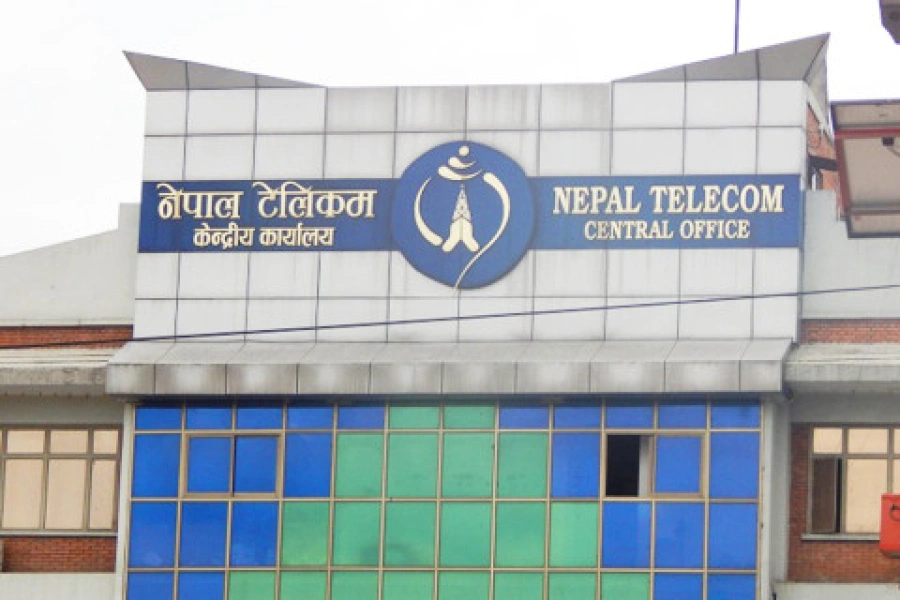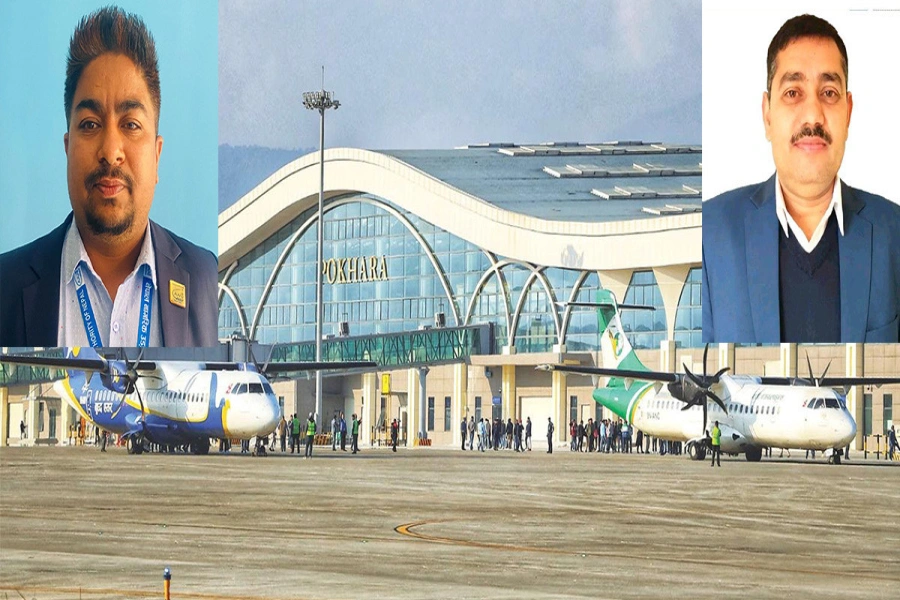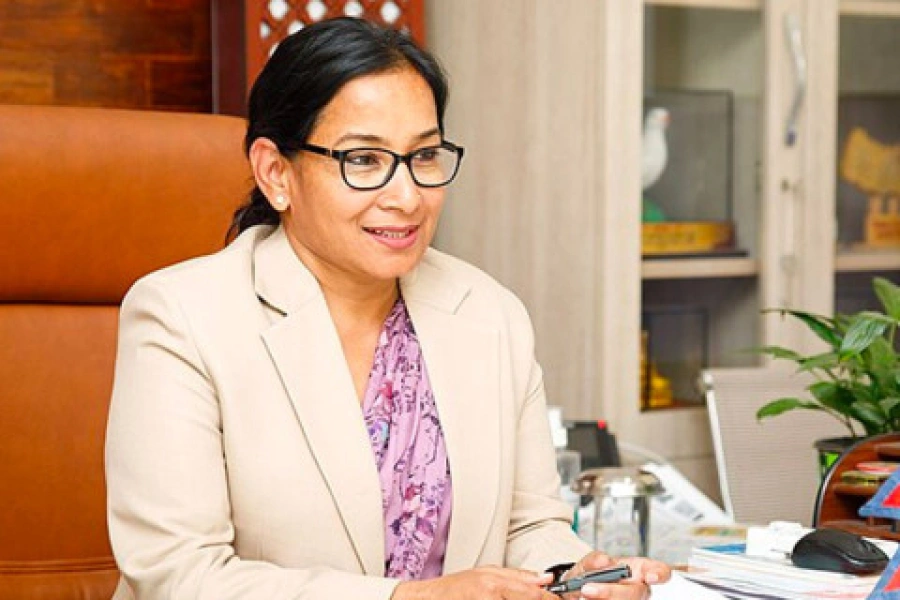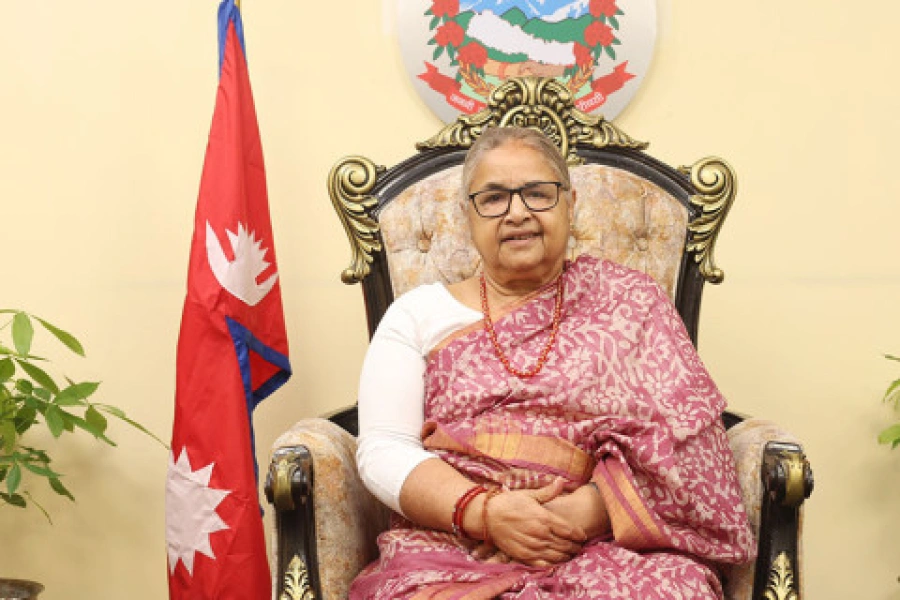KATHMANDU, April 6: With the advancement in digital technology, digital payment has surged dramatically over the past five years, especially after the Covid-19 pandemic.
As more people use smartphones and gain internet access, they increasingly rely on digital payments not just for online shopping of groceries, vegetables, and clothing but also for everyday expenses. From tea stalls and mobile top-ups to water and electricity bills, internet and TV subscriptions, taxi rides, and flight bookings, users now opt for digital methods.
Mobile banking, QR payments, digital wallets, and internet banking have made these transactions more secure and reliable, drawing in a growing number of users. Nepal Rastra Bank reports that the country's payment system indicators have improved significantly.
Nepal Rastra Bank spokesperson Ramu Paudel noted that digital transactions soared in the wake of the Covid-19 crisis. "People have gained access to a wide range of electronic payment tools," Paudel said. "This growing accessibility-combined with balanced supply and demand-has driven the remarkable growth in digital payments."
Transaction indicators show that users have significantly increased their use of digital payment tools and the volume of digital transactions over the past five years. Between fiscal years 2021/22 and 2023/24, users pushed QR-based payment transactions up by an average of 230 percent annually, while the transaction value rose by about 210 percent each year.
Businesses accepting QR code-based payments through banks have also grown notably during this time. As more people gained access to electronic payment systems, they increasingly adopted digital payment methods. Throughout this period, users boosted the total number of electronic payment transactions by an average of 43.5 percent, and the total transaction value grew by an average of 23.7 percent.
Two-day Huawei Digital Nepal Conclave 2022

Since mid-July 2020, users have multiplied the number of wallet accounts by 4.12 times, prepaid cards by 3.88 times, and mobile banking users by 2.32 times. By mid-June 2021, banks, financial institutions, and payment service providers had issued around 282,000 QR merchant codes. That number soared to 2.34 million by mid-January 2025.
Nepal Rastra Bank reported that users carried out 5.5 million QR-based transactions worth Rs 20.28 billion in fiscal year 2020/21. By fiscal year 2023/24, they boosted the number of QR transactions to 1.693 billion, generating a total transaction value of Rs 500 billion.
Nepal Rastra Bank reports that mobile banking accounts reached 26.5 million mid-January, 2025, while debit cards hit 13.4 million and wallet accounts reached 25.8 million. The ratio of mobile banking accounts to the population increased from 40 percent in mid-July 2020 to 89 percent in mid-January 2025. The ratio of wallet accounts to the population grew from 22 percent in mid-July 2020 to 86 percent in mid-January 2025.
The surge in digital payments has resulted from improved financial literacy, widespread smartphone access, and shifts in traditional payment systems. Today, young people no longer carry cash. The use of banknotes has decreased as digital transactions dominate buying, selling, and payments.
“The public gained access to various electronic payment tools, especially after the impact of the Covid-19 pandemic,” said Ramu Paudel, Spokesperson, Nepal Rastra Bank
In recent years, payment systems have modernized significantly. The development of electronic payment infrastructure and tools, combined with the establishment of legal and institutional frameworks, has led to a substantial increase in transaction amounts, service quality, and service types.
This progress has saved users both time and money while promoting the growth of the digital economy. Nepal Rastra Bank has prioritized strengthening cybersecurity and improving internal and external payment interoperability in its initiatives.
The number of prepaid cards, wallet accounts, connected IPS accounts, and mobile banking accounts used for electronic payments has increased significantly. Nepal Rastra Bank reports notable improvements in promoting financial inclusion, protecting customers, expanding financial access, and modernizing the payment system.
Thanks to the incentivizing measures taken by the central bank, the country has made remarkable progress in expanding digital payments. Investments by fintech companies, the active involvement of payment service-related organizations, and the growing interest of the general public have revolutionized electronic payments.
Nine organizations operate as payment system operators, and 25 institutions function as payment service providers, apart from banks and financial institutions.
Nepal Rastra Bank has granted payment service provider licenses to 20 commercial banks, 17 development banks, 15 finance companies, and 11 microfinance institutions. After Nepal Rastra Bank approved the establishment and operation of the National Payment Switch, Nepal Clearing House Limited fully implemented the retail payment switch.
The number of transactions has increased both domestically and in cross-border payment systems since Nepal Rastra Bank authorized operation.
After Nepal Rastra Bank launched services that allow payments to be accepted in Nepal using foreign payment tools like Rupay, WeChat Pay, and Alipay Plus, electronic payments have also been accepted from abroad. According to Nepal Rastra Bank, approximately 5,100 transactions, totaling Rs 101.2 million, occurred between mid-July and mid-January 2025.






































